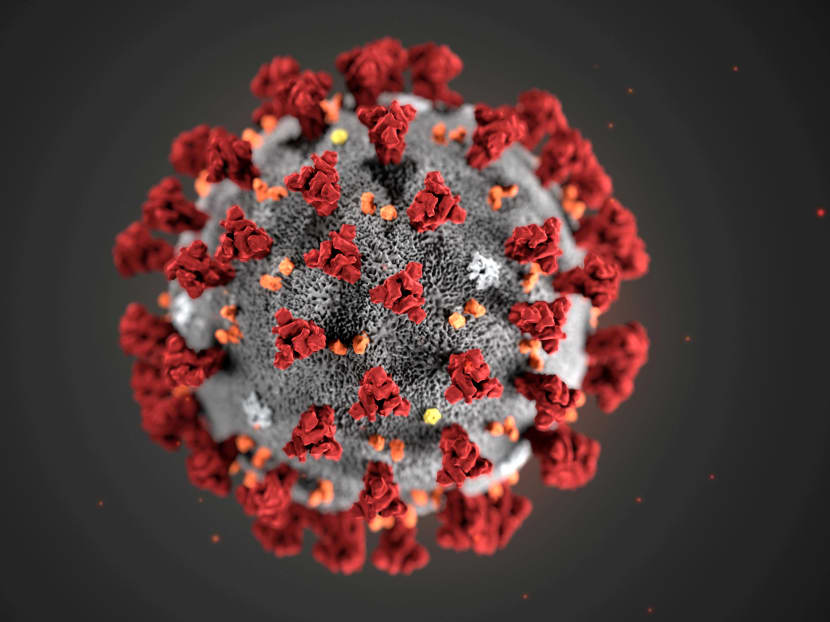WHO plays down dip in daily coronavirus infection rate, saying it might not mean outbreak has peaked
HONG KONG — The World Health Organization (WHO) on Thursday (Feb 6) cautioned against reading too much into data showing a dip in daily new coronavirus infections in China after the figure had surged for weeks.

The ultrastructural morphology exhibited by the 2019 Novel Coronavirus (2019-nCoV), which was identified as the cause of an outbreak of respiratory illness first detected in Wuhan, China.
HONG KONG — The World Health Organization (WHO) on Thursday (Feb 6) cautioned against reading too much into data showing a dip in daily new coronavirus infections in China after the figure had surged for weeks.
Mr Michael Ryan, the head of the WHO’s health emergencies programme, said it was “too early to make predictions” on whether the outbreak had peaked, based on just one data point.
“We are still in the middle of an intense outbreak and we need to be very careful about making any predictions,” Ryan told a daily briefing on the outbreak at the world body’s headquarters in Geneva.
Chinese health authorities on Wednesday reported 3,694 confirmed cases, a drop from the 3,887 new cases it had reported a day earlier.
Mr Ryan confirmed that this was the first day in which overall confirmed cases in China had dropped.
“There is a constant increase in cases in Hubei but we haven’t seen an acceleration in provinces outside of Hubei,” Mr Ryan said. The central Chinese province of Hubei, and its capital Wuhan, are the epicentre of the public health crisis that has engulfed the world in recent weeks.
Similarly, there has been no acceleration in the number of new infections in Hong Kong, Macau and Taiwan, Mr Ryan said. “Again, I think we are seeing a relatively stable situation outside Hubei,” he said. But this state of affairs may not last as there are “cycles of transmission”, meaning a spike in the rate of new infections could occur in the days to come, he cautioned.
“Nearly 3,700 cases confirmed in a day is nothing to celebrate, certainly right now,” Ryan said.
More than 28,000 people — mostly in China — have been infected by the virus, and all but two of the 567 deaths attributed to the disease so far have occurred in the Chinese mainland.
On social media, some epidemiological observers shared Mr Ryan’s cautious view, noting that while the daily new infections figure for China may have dropped in one day, the number of confirmed cases showed a rapid rise on a cumulative basis.
On Monday, the total crossed 20,000. By Wednesday, the figure was at 28,403.
Mr Neil Ferguson, the British epidemiologist known for developing mathematical models that track the spread of new viruses, said his estimates suggest that as many as 50,000 new infections a day may be occurring in China – far more than the official number.
In a video posted on social media on Wednesday, the Imperial College professor says the epidemic in China may be doubling in size every five days, based on his current projections.
“It is hard to evaluate how effective controls are, but there is limited evidence of the [outbreak] slowing in China,” he said.
“Under that scenario, the epidemic would probably follow its natural cause, probably peak at its epicentre in Wuhan in around a month’s time,” he said. “There’s some uncertainty around that, and then, maybe a month or two later in the whole of China.”
Epidemics likely would occur in the rest of the world at various times after this period, Ferguson said, depending on countries’ connections in the preceding weeks to places where the virus had been prevalent.
It was hard to evaluate the control measures countries have put into place because “community transmissions” may be ongoing, he said. He was referring to the virus spreading within a particular community or country without additional new infections being carried in from outside. SOUTH CHINA MORNING POST






